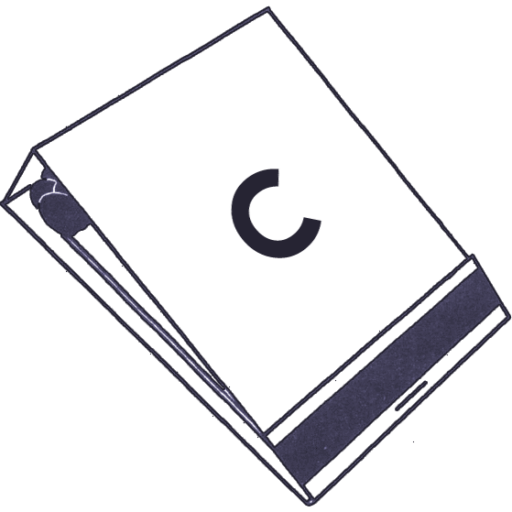Why it matters and what it looks like in action
A folk singer named Dan Bern played at my college one weekend. For reasons unknown to me—perhaps my school had talked him into it or he just enjoyed teaching—he was also running a songwriting workshop the afternoon of his show. I’d clocked a thousand hours of strumming and penning lyrics in my bedroom so I showed up, thinking I might learn a thing or two.
I tracked down some of his songs to get a sense of whether or not this was worth attending. I was not impressed. Folk music is lame, I thought with the self-assured delusion of a sheltered college student. Bern croaked his vocals and seemed overly fixated on lyrics (people who listen to music just for the lyrics, I thought, should focus on poetry). He definitely didn’t show much command of melody. And the production was meh. I had several more idiotic thoughts that could only come from being too young to know that your unrefined tastes are not the one and only true barometer of beauty.
I grabbed my guitar and walked to the workshop. My attitude wasn’t quite “I’ll grace them with my presence” but it was closer to that than I’d like to admit. About 15 other people showed up with various instruments and we arranged the chairs in a circle. What happens next took four seconds, but that was enough for me to learn that I had no notion of what real skill looked like.
Dan tuned his guitar.
Except he didn’t just tune his guitar. He did it in a way that changed the atmosphere in the room.
Sweat the small stuff
When most people are starting out, they use a guitar tuner. This is a device with a built in microphone. You pluck a string and the device tells you if you need to tighten or loosen the tuning peg, which raises or lowers the pitch until you get just the right sound. When you’re just starting out, using a tuner is akin to training wheels on a bike: you’re getting artificial assistance.
There is another, faster way to tune your guitar that requires more skill and a better-trained ear that doesn’t rely on a machine. This method involves tuning with harmonics, which is an approach where you use your ear to listen to the vibrations of strings on specific frets and adjust the tuning pegs so that the vibrations sync.
This approach requires doing it by ear, so it’s a step up from using a tuner. This is how I tuned my guitar. And I thought I was pretty good at it.
But that’s not how Dan tuned his guitar.
Dan was engrossed in conversation with the student seated next to him. Mid-sentence, in a flash, he pulls out his guitar and plucks each string in rapid sequence with his right hand. Firmly. With conviction. As he continues to nod along and carry on an exchange with the person next to him, his left hand darts to the tuning pegs, dancing from one peg to the next, making lightning fast adjustments while the strings sustain. And in what seemed like an instant, his guitar is perfectly tuned.
My breath quickened. Holy shit. This was when the room’s attention shifted. Like a camera coming into focus on the most important person in a scene. This is what expertise looks like.
“Good afternoon, everyone! My name is Dan Bern and we’re all going to talk about how to write songs.”
Takeaway: Sometimes, it takes encountering real mastery to realize the limitations of our own perceived expertise. This realization underscores the importance of regularly putting yourself in the presence of masters in your industry. By seeking out and observing true experts, you recalibrate your understanding of what excellence truly looks like.
If you liked this, you’ll love my newsletter: camhouser.com/newsletter
